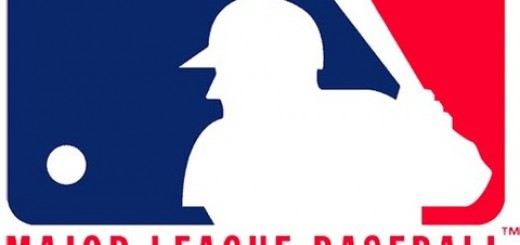Tiger’s General Manager Dave Dombrowski proved once again that he is simply the most adept and creative baseball executive when it comes to trades. The acquisitions Dombrowski made in advance of the non-waiver trade deadline will certainly lead the discussion of who ‘won’ at the trade deadline this year. In reality the success of deadline moves will be determined by World Series Championships and the ultimate success of the players surrendered. They are well aware of this in Detroit as the club was on the wrong side of one of the most lopsided mid-season trades of all time when the Tigers acquired starter Doyle Alexander from the Braves for future Hall of Famer John Smoltz, who was a low level pitching prospect at the time.
Detroit Tiger’s General Manager Dave Dombrowski apparently texted A’s GM Billy Beane after trading for David Price saying, “You have one minute to acquire [White Sox Ace] Chris Sale.”
Earlier this season, Dombrowski acquired one of the best available relievers with closing experience on the market to sure up the backend of the struggling Tiger’s bullpen. The Tiger’s bullpen is last in the American League in ERA and opponent’s batting average against. The Achilles Heel of last year’s Tigers team, Dombrowski was not going to allow the bullpen to be his club’s undoing. Through 331/3 innings with Texas, Soria had 17 saves accompanied by a 2.70 ERA with miniscule .87 WHIP and 11.3 strikeouts per nine innings to 1.1 walks per nine innings.
Yesterday, Dombrowski was an apt Tiger hiding in the tall grass waiting to pounce on the real prize of this year’s trade deadline – Former Cy Young Winner and perennial All-Star David Price. Dombrowski accomplished this by cleverly putting together, yet again, a multi-team trade that limited the Tiger’s exposure in surrendering multiple valuable assets – whether highly regarded prospects or young cost controlled Major League contributors. In acquiring David Price, the Tigers gave up only left-handed starter Drew Smyly, centerfielder Austin Jackson, and shortstop Willy Adames. Smyly has been solid this season posting a 3.77 ERA with 7.8 strikeouts per nine innings against 1.1 walks per nine innings. However, his peripheral stats including a 1.31 WHIP, 4.17 FIP (Fielding Independent Pitching – an advanced metric as a future indicator of ERA), and a high 1.3 HR/9 while pitching mainly in spacious Comerica Park raise some concerns as to Smyly’s ability to sustain that performance. In trading Austin Jackson, the Tigers gave up an outfielder that ranks at the league average at nearly every offensive metric and is easily replaced by shifting Rajai Davis to centerfield and increasing at-bats for the dependable Torii Hunter and J.D. Martinez, who is having a career year. Lastly, in Adames, Detroit gave up an 18-year old shortstop playing in Low-A, who, although a promising prospect, is blocked by surprising rookie Eugenio Suarez and defensive stalwart Jose Iglesias.
In effectively evaluating the two trades made by the Tigers, it’s not just who Dombrowski and the Tigers brought in but who they held on to. They retained young talent contributing at the Major League level in the aforementioned Eugenio Suarez and third baseman Nick Castellanos. In trading for Soria they traded young well regarded pitching, but through both deals held onto top pitching prospect Robbie Ray – who, of course, was acquired via trade with the Nationals for Doug Fister. Examining every deal Dombrowski put together, either an upgrade or comparable player was available to replace a Major League piece dealt or a superfluous prospect was traded who was blocked from eventually contributing to the Tigers at the Major League level. Every trade Dombrowksi makes appears to be carefully planned and all contingencies accounted for. No move is made without taking the club’s short-term success and long-term future into account.
Although the Tigers lost Drew Smyly by acquiring David Price, Dombrowski strengthened his absurdly talented starting rotation featuring Price, Scherzer, Justin Verlander, Anibal Sanchez, and Rick Porcello. This rotation has the last three Cy Young winners in the American League and the reigning American League ERA king in Anibal Sanchez. Dombrowski also created a contingency plan so as not to be held hostage by Super Agent Scott Boras in any contract negotiations for Max Scherzer going forward, let alone the pitcher leave during free agency. The timing of the Tiger’s trade for Price is also interesting considering it follows the Oakland A’s trade for left-hander Jon Lester from the Red Sox after the A’s already acquired Jeff Samardzija and Jason Hammel from the Cubs earlier in July. Detroit has certainly engaged Oakland in a literal arms race. Oh, and have I mentioned that the Tigers obtained a closer to prevent their bullpen from imploding again?
Dombrowski has certainly done well to position the Tigers for a deep run in October. Can anyone say Executive of the Year?



Recent Comments